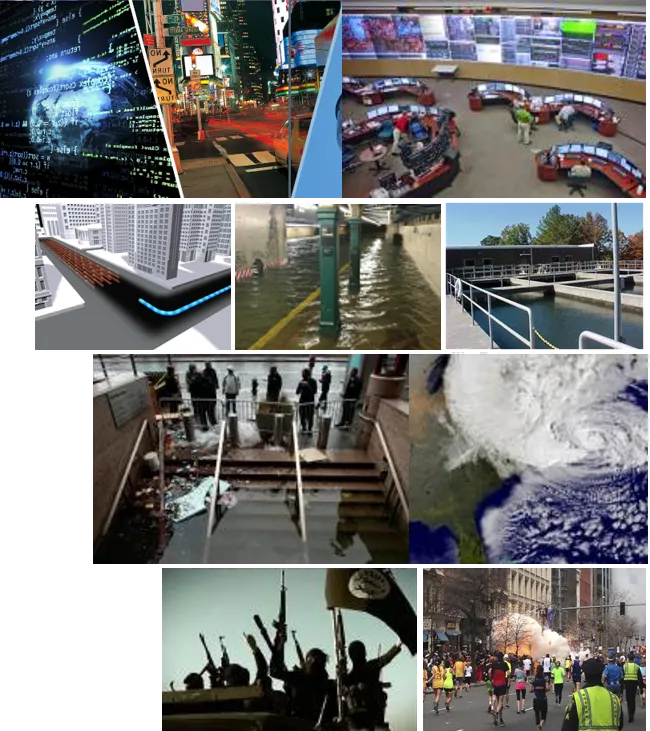What do you think is needed to make your own community more resilient?
And what role do we each play in building resilience?
On May 29, we launched a new dialogue as part of our National Conversation on Homeland Security Technology—Resilient Communities: Disaster-Proofing Society. Resilient Communities is an S&T visionary goal that strives for a future wherein critical infrastructure will be designed, built, and maintained to withstand naturally occurring and man-made disasters. Decision makers will know when a disaster is coming, anticipate the effects, and use already-in-place or rapidly deployed countermeasures to shield communities from negative consequences. Resilient communities struck by disasters will not only bounce back, but bounce forward.
The Resilient Communities dialogue is intended to foster development and delivery of innovative, risk-informed solutions that enhance the nation’s resilience to all hazards through active collaboration with partners and stakeholders. It also serves as a forum to address cross-cutting resilience issues that have arisen through interaction in other dialogues within the National Conversation—issues related to the performance and safety of first responders, capabilities needed by community leadership in order to make informed decisions, protection of our critical infrastructure, and the many interdependencies therein.
Below are a couple of interesting posts to which I encourage you to participate:
- Making local emergency plans public—To what level should the public understand the current state of infrastructure? Could increased public awareness serve as an effective motivator for civic leaders to allocate appropriate funds toward improving current conditions?
- Visualizing vulnerability against sea level rise—How can we improve the visualization of potential impacts of climate hazards on infrastructure assets? Will increased awareness in this area catalyze investment in mitigation activities?
- The National Geographic Information Council (NSGIC) Geospatial Resilience Task Force—Formed in the fall of 2014, the task force aims to promote public awareness and the effective coordination and use of geospatial capabilities across all levels of government. This supports decision-making on resiliency issues and promotes awareness of how states can foster such support. Read the post to learn more about the task force’s objectives and its link to resources and best practices for geospatial resilience.
Resilience is a complex topic, subject to many interpretations that may stem from numerous variables—the purpose, functionality, and attributes of a capability or system in place; unique characteristics, interdependencies, and cascading effects relating to supportive or complementary assets, the nature of specific threats; the needs and roles of specific stakeholders; understanding the differences between resilience and emergency preparedness and response; community engagement…and the list goes on.
Tell us your thoughts on how to improve the nation’s resilience by joining the conversation today!
